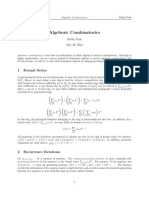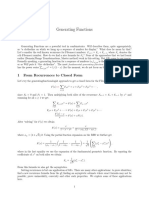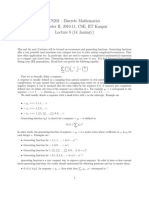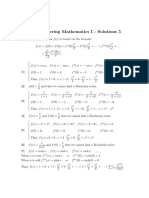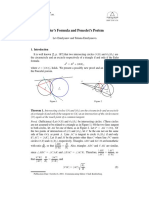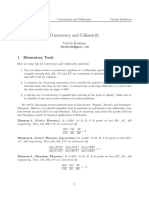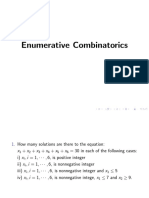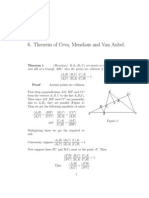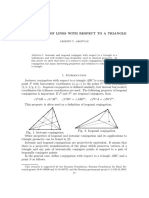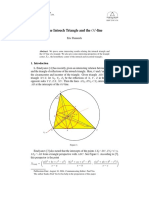0% found this document useful (0 votes)
200 views8 pagesGenerating Functions 2018
The document discusses generating functions, a technique used to solve combinatorial problems by encoding sequences as polynomials. It provides examples, including the Sicherman dice problem and solving recurrence relations like the Fibonacci sequence, while also introducing methods such as partial fraction decomposition and the snake oil method. Additionally, it presents applications of generating functions in Olympiad questions, showcasing their versatility in combinatorial mathematics.
Uploaded by
AltananyCopyright
© © All Rights Reserved
We take content rights seriously. If you suspect this is your content, claim it here.
Available Formats
Download as PDF, TXT or read online on Scribd
0% found this document useful (0 votes)
200 views8 pagesGenerating Functions 2018
The document discusses generating functions, a technique used to solve combinatorial problems by encoding sequences as polynomials. It provides examples, including the Sicherman dice problem and solving recurrence relations like the Fibonacci sequence, while also introducing methods such as partial fraction decomposition and the snake oil method. Additionally, it presents applications of generating functions in Olympiad questions, showcasing their versatility in combinatorial mathematics.
Uploaded by
AltananyCopyright
© © All Rights Reserved
We take content rights seriously. If you suspect this is your content, claim it here.
Available Formats
Download as PDF, TXT or read online on Scribd
/ 8

